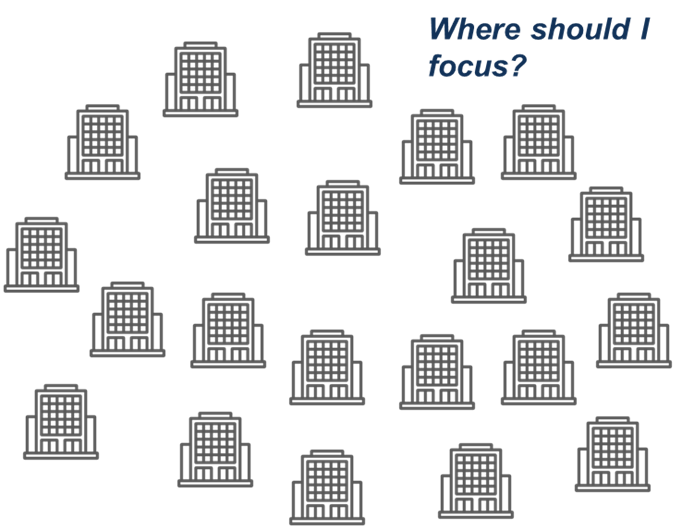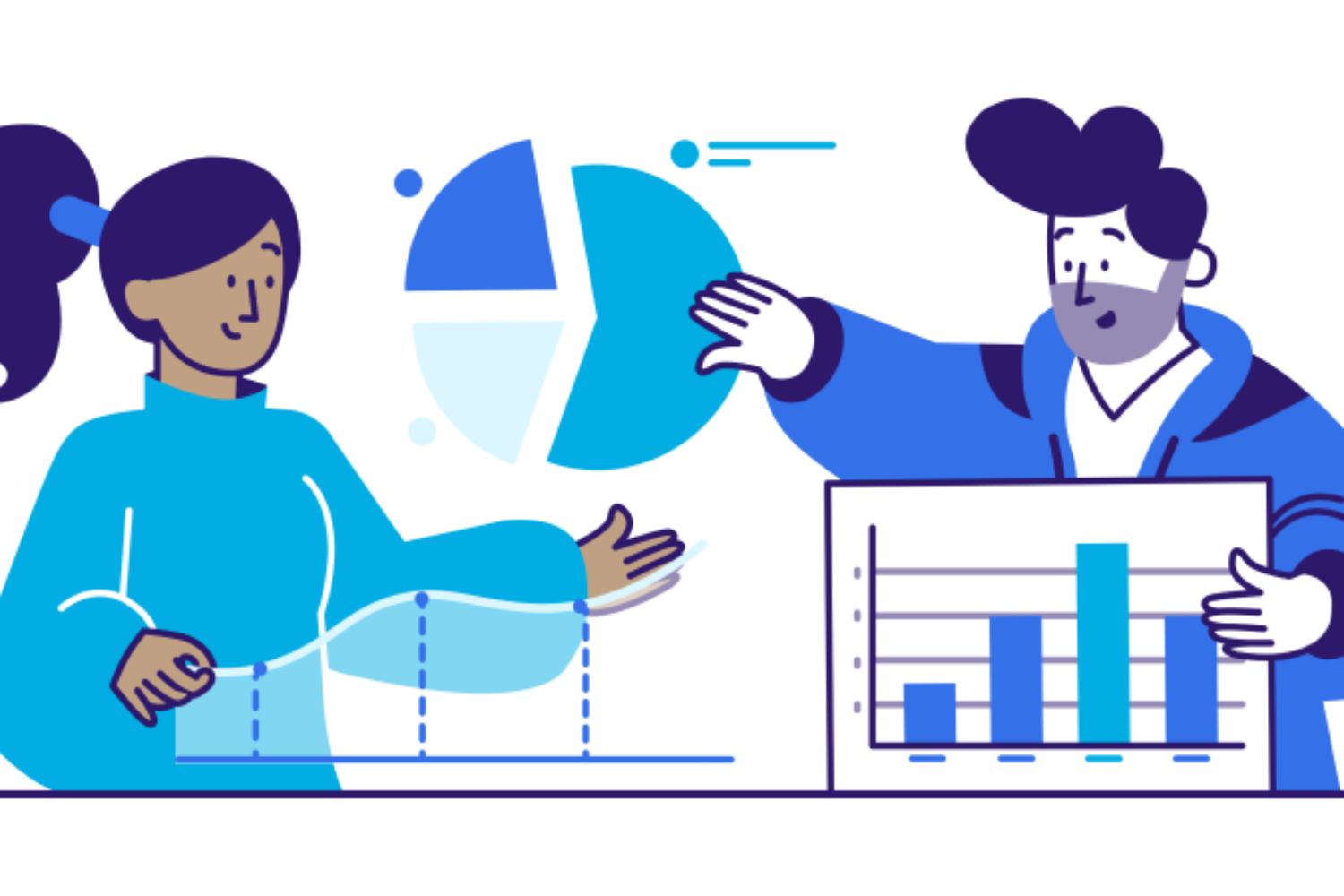Have you ever wondered why your competitors seem to do a better job of targeting prospects and achieve higher conversion rates? Chances are, they use a propensity model to identify prospects that are most likely to buy their products or services.
What is a propensity model?
Propensity quantifies the probability that an account or person will buy your services based on the past behavior of similar accounts or people. Propensity scores can be anywhere between 0 and 1. A propensity score of 0 means the account is very unlikely to buy anything from you. A propensity score of 1 means the account is very likely to buy from you.
Propensity is not destiny, but it shows you where the fish is. Intent tells you which fish is biting.
A propensity model uses machine learning to analyze your sales data and pinpoint which past prospects have purchased from you, and which have not, even though they were all exposed to your sales or marketing touches. To build a propensity model, you pull together your sales data, (e.g., from Salesforce or Hubspot) and enrich it with some third-party service, such as ZoomInfo, Demandbase, Bizible, D&B, Costar, or others.
Your account list before using a propensity model might look like this:

It’s not clear where your sales resources should focus their time, right? Your account list after using a propensity model will look like this:

For convenience’ sake, we often grade accounts using an A through F scale, where A is most likely to buy, and F is least likely to buy. You can now focus your resources on A accounts, the high-propensity accounts in green above. In our experience, this increases your chances of closing a deal by up to 5x relative to your initial baseline! It all translates into meaningful increases in your conversion rate, meaningful revenue growth and a lower cost of acquisition.
Think of propensity as a batting average: It won’t happen every time, but if you stick with it, it will produce better results than random selection.

What makes a successful propensity model?
A successful propensity model includes four key elements:
- Tailored to your business needs. Most canned, out-of-the-box models are trained with standard data that may not be applicable to your business needs. Even when trained using your data, canned models usually include only the data available in the vendor system and exclude other data sources you might have. In addition, many canned models are based on an outcome that may not apply to you, such as whether an account will lead to a created opportunity regardless of its chances of closing. If you care about closing deals, your propensity model should let you pick the relevant outcome.
- Transparency. You know how it’s built, and the results are readily accessible to the user. Often when a propensity score is used, sales and marketing executives are reluctant to commit resources because they don’t know how the propensity score was computed, the model is effectively a black box. When the training and workings of your propensity model are transparent, you can validate the model and get buy-in much more effectively.
- Outcome-focused, so it focuses on the outcome that applies to you. Many canned models will be based on an outcome that may or may not apply to you such as whether an account will lead to a created opportunity regardless of its chances of closing. What if what you care about is closing deals (as you should)? Your propensity model should let you pick the relevant outcome.
- Based on a modern tech stack. This allows your model to scale with your data and mesh well with your CRM system. A one-off propensity model developed in isolation will be useless unless you can put it in production and integrate it with your CRM system, providing timely propensity scores at scale in the system your sales reps use every day.
How is propensity different from intent?
Marketing automation and orchestration systems, such as 6sense, often provide a measure of propensity (sometimes called fitness) and a measure of intent. Propensity measures the probability that an account will take a particular action, such as buying, based on past behavior of similar accounts and the history of the account itself. It’s not a certainty, and it works out over several accounts as a “batting average” of sorts.
Intent measures the actual current behavior of a specific account, regardless of what similar accounts do. It’s based on triggers, such as form downloads, browsing behavior, and demo requests. It shows what this specific account is doing regardless of what similar accounts do.
A good way to think about propensity vs. intent is that propensity is not destiny, but it shows you where the fish is. Intent tells you which fish is biting. You should act on both, as they are both useful indicators.
How Can We Help?
Feel free to check us out and start your free trial at https://app.g2m.ai or contact us below!


